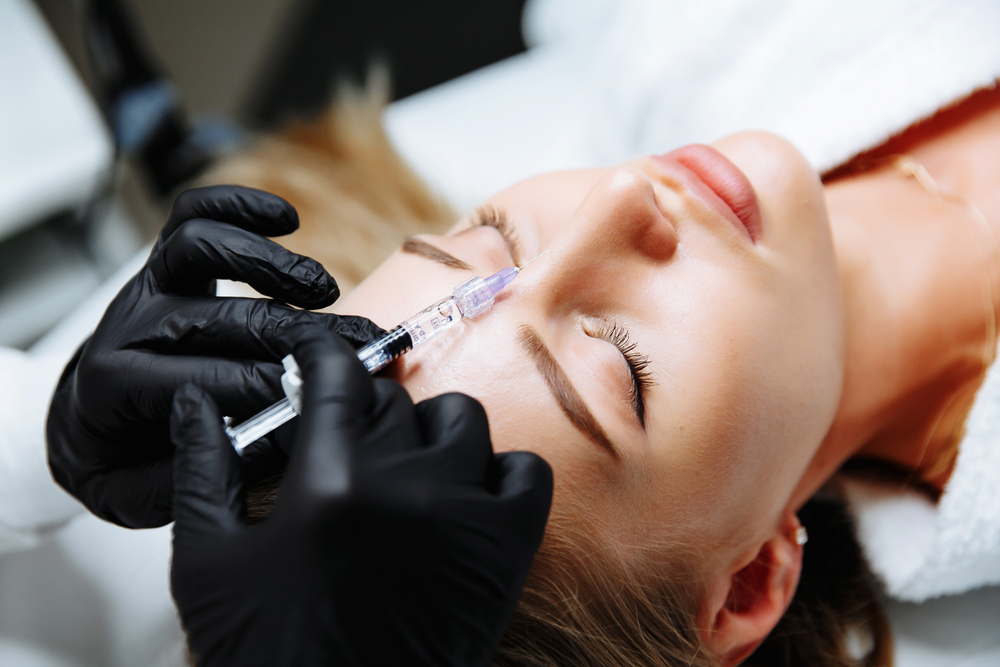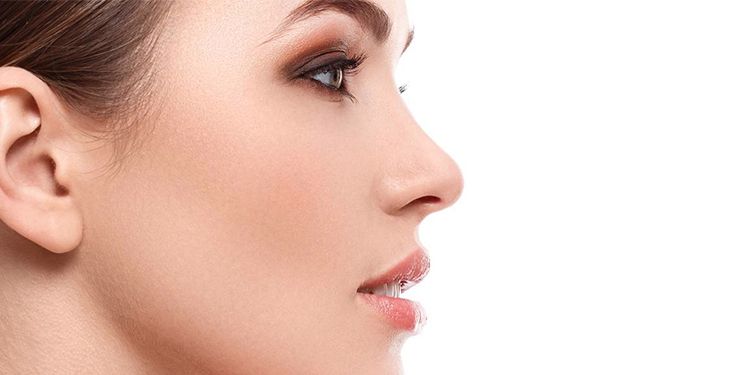Rhinoplasty, commonly referred to as a nose job, is a popular cosmetic surgical procedure that can alter the size, shape, and appearance of the nose. It is a highly sought-after procedure that can be performed for medical reasons, such as correcting a deviated septum or repairing damage caused by trauma, or for cosmetic purposes, to improve the overall appearance of the nose.
In this article, we will explore the intricacies of rhinoplasty, including what it is, the types of procedures available, the potential benefits and risks, and what to expect during the recovery process.
Table of Contents
What is Rhinoplasty?
Rhinoplasty is a surgical procedure that is used to alter the size, shape, and appearance of the nose. It can be performed for medical or cosmetic reasons, and is typically done under general anesthesia.
The procedure can involve making incisions on the inside or outside of the nose, depending on the desired outcome. During the surgery, the cartilage, bone, and tissue of the nose may be reshaped, removed, or augmented.
Rhinoplasty can be performed to correct a variety of issues, including a crooked or deviated septum, a hump on the bridge of the nose, a bulbous tip, or asymmetry. It can also be used to improve the overall aesthetic appearance of the nose.

Types of Rhinoplasty Procedures
There are two main types of rhinoplasty procedures: open rhinoplasty and closed rhinoplasty.
Open Rhinoplasty
Open rhinoplasty involves making a small incision on the outside of the nose, in between the nostrils. This allows for greater visibility and access to the underlying structures of the nose, making it ideal for more complex procedures.
During open rhinoplasty, the skin is lifted away from the underlying tissue, providing the surgeon with a clear view of the nasal anatomy. This technique can be used to reshape the cartilage and bone of the nose, as well as to improve the nasal airway
Closed Rhinoplasty
Closed rhinoplasty is a less invasive technique that involves making incisions on the inside of the nose. This technique is ideal for minor adjustments to the nasal structure, such as removing a small bump or refining the nasal tip.
During closed rhinoplasty, the surgeon makes incisions on the inside of the nostrils, and then uses specialized instruments to reshape the cartilage and bone of the nose. This technique results in less scarring and a shorter recovery time than open rhinoplasty.

Benefits and Risks of Rhinoplasty
Rhinoplasty can offer a number of benefits, both aesthetic and functional. Some of the potential benefits of the procedure include:
- Improved nasal breathing
- Improved facial balance and symmetry
- Increased self-confidence and self-esteem
- Correction of birth defects or previous injury
- Improved overall facial appearance
However, as with any surgical procedure, there are potential risks and complications associated with rhinoplasty. These can include:
- Infection
- Bleeding
- Scarring
- Poor wound healing
- Numbness or tingling
- Unsatisfactory aesthetic outcome
It is important to discuss these risks with your surgeon prior to the procedure, and to carefully consider the potential benefits and risks before deciding to undergo rhinoplasty.
Recovery Process
Following rhinoplasty, patients can expect to experience some swelling, bruising, and discomfort. A splint or cast may be placed on the nose to help support and protect the new nasal shape.
Most patients are able to return to work or school within one to two weeks following the procedure. However, it may take several months for the swelling to fully subside and for the final results of the procedure to become apparent.
During the recovery process, patients will need to avoid strenuous activity and heavy lifting, and may need to sleep with their head elevated to reduce swelling. They may also be prescribed pain medication to help manage discomfort.
It is important to closely follow the post-operative instructions provided by your surgeon to ensure a safe and successful recovery.
Conclusion
Rhinoplasty is a popular surgical procedure that can be used to alter the size, shape, and appearance of the nose. Whether performed for medical or cosmetic reasons, rhinoplasty can offer a number of potential benefits.
However, it is important to carefully consider the potential risks and complications associated with the procedure before deciding to undergo surgery. Working with a skilled and experienced surgeon, and closely following post-operative instructions, can help ensure a safe and successful outcome.
You May Aslo Like:Natasha Lyonne Nose Job: Fact or Fiction?




